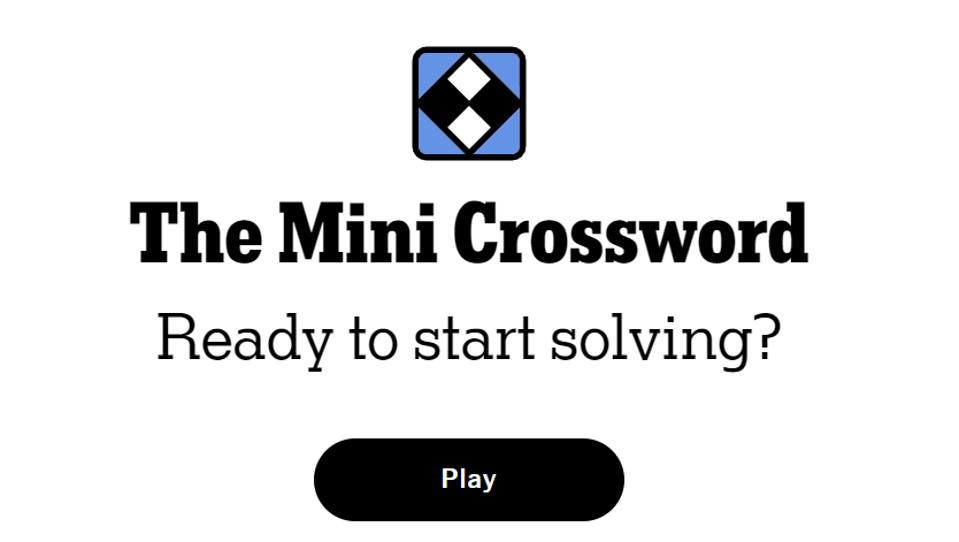Wesley is the CEO of FPBlock, helping clients with the latest techniques in functional programming, cloud, DevOps and containerization.
The early internet wasn’t built in neat layers. It was chaotic and fragmented with competing protocols, no clear standards and certainly no centralized gatekeeper. But from that chaos emerged a global network—not by unification but through interoperability.
Web3 is following a similar arc. We’re witnessing the birth of a new digital terrain—one not owned or ruled by a single entity but composed of many sovereign networks working in parallel. Not one chain to rule them all, but many chains, cooperating across boundaries. Welcome to the Interchain.
The Myth Of Monolithic Blockchains
For years, Web3 debates revolved around dominance. Which chain will win? Will it be Ethereum with its first-mover advantage? Solana with its speed? Bitcoin with its simplicity?
But these questions assume a flawed premise—that the blockchain world must mirror the Web2 model: one platform to rule them all, everything else a plug-in. That’s not what’s happening.
Blockchains are emerging as digital nations, not Web2-style platforms. They have unique cultures, governance structures and economies. Ethereum, Solana, Celestia, Bitcoin—each has its own purpose, priorities and strengths. Like nations, their power lies in their sovereignty.
Interchain is not about centralizing power—it’s about collaborating across it.
Sovereign, Composable And Specialized
Established networks and emerging modular blockchains are pioneering this vision. They’re not trying to consolidate chains. Instead, they’re making them interoperable by making them:
• Sovereign: Each chain operates under its own rules, governance and upgrade schedule.
• Composable: Chains can exchange assets and messages freely via standards like Inter-Blockchain Communication (IBC) or trust-minimized bridges.
• Specialized: Chains are optimized for what they do best—whether that’s decentralized finance (DeFi), gaming, identity or AI.
This is the Interchain philosophy: Build small, build sovereign and connect everything.
Understanding The Kolme Framework For The Interchain Era
The Kolme Framework is a modular blockchain infrastructure that enables developers to build application-specific chains with native cross-chain communication. Designed for the Interchain era, Kolme simplifies interoperability, abstracts the complexities of multichain development and accelerates time-to-market without compromising sovereignty or security.
This framework introduces structured interoperability to a diverse blockchain ecosystem. Rather than enforcing uniformity, it standardizes communication while allowing each chain to maintain its independence.
This approach strengthens the Interchain in four key ways:
• Seamless Cross-Chain Experiences: Asset and data transfers are not only technically smooth—they’re intuitive for users as well.
• Scalability Through Modular Architecture: By distributing processing across sovereign chains, Kolme reduces bottlenecks and enhances performance.
• Security-First Interoperability: Robust standards reduce vulnerabilities common in early bridge technologies and improvised integrations.
• Support For Modular Blockchain Design: Chains can remain specialized and agile, while Kolme ensures they stay connected and collaborative.
Kolme isn’t just building tools—it’s laying the digital highways between decentralized cities. The outcome: a thriving digital economy marked by fluid movement, shared innovation and resilient infrastructure.
The Impact Of Interchain
While monolithic blockchains concentrate power and risk, Interchain helps disperse both. The benefits are:
• Resilience: There is no single point of failure. If one chain halts, the others continue.
• Innovation: Sovereign chains evolve independently, pioneering and sharing breakthroughs.
• Freedom: Builders and users can move between ecosystems—or create entirely new ones—with fewer barriers.
Where Web2 stacked vertical layers, Interchain is horizontal—a flat, open space where ideas travel, chains specialize and users roam.
What This Means For You
Whether you’re a founder, investor or everyday user, the rise of the Interchain is reshaping core assumptions.
For founders, it’s no longer about building for a single chain—it’s about building for a network. Applications should be designed to plug into an evolving, interconnected ecosystem rather than being tied to one specific host.
For users, the expectation is shifting toward seamless portability—your identity, assets and permissions should move with you across chains, wallets and decentralized applications.
For investors, the strategy must evolve beyond backing isolated winners; the real opportunity lies in funding foundational primitives, interoperability standards and coordination layers.
This isn’t a move toward one dominant chain, but rather a platform shift toward a cooperative constellation of networks.
The Road Ahead: Friction, Then Flight
The vision is clear, but the path to get there is still bumpy as Interchain adoption comes with challenges.
For starters, security is a major concern—cross-chain interactions add complexity and introduce new risks, and the guardrails to protect against them are still evolving. Scalability also presents a tension between sovereignty and efficiency; not every interaction requires validation on a global ledger, and systems must account for that.
User experience is another critical area—signing multichain transactions and juggling multiple wallets is cumbersome, and these processes must become significantly more seamless. Finally, governance must adapt. As chains increasingly cooperate, governance structures will need to evolve from isolated forums into coordinated networks capable of managing collective decision making across ecosystems.
However, these are growing pains, not fatal flaws. To overcome Interchain’s challenges, the ecosystem must adopt a few key principles:
1. Security must be standardized across bridges and messaging layers through rigorous auditing, formal verification and shared security models.
2. User experience needs to become seamless: wallet providers, user interface (UI) designers and protocol teams should collaborate on abstracting away chain-specific details.
3. Interoperability standards like inter-blockchain communication (IBC) should be adopted broadly to reduce fragmentation.
4. Governance coordination must evolve by enabling on-chain collaboration across networks, not just within them. Together, these steps can turn early friction into future fluidity.
The early internet didn’t start with clean user experiences or rock-solid standards. It grew into them. I believe Interchain will, too.
Forbes Technology Council is an invitation-only community for world-class CIOs, CTOs and technology executives. Do I qualify?









